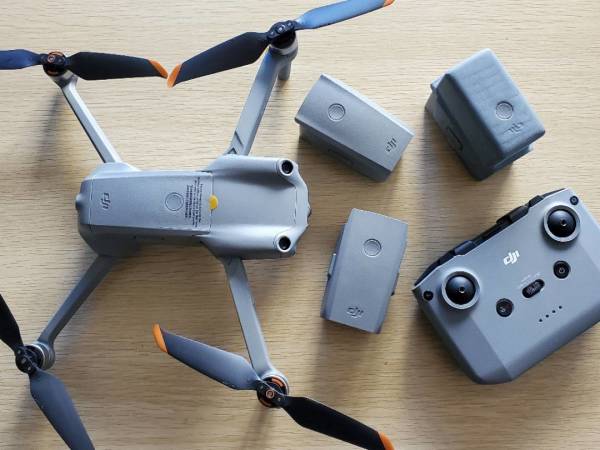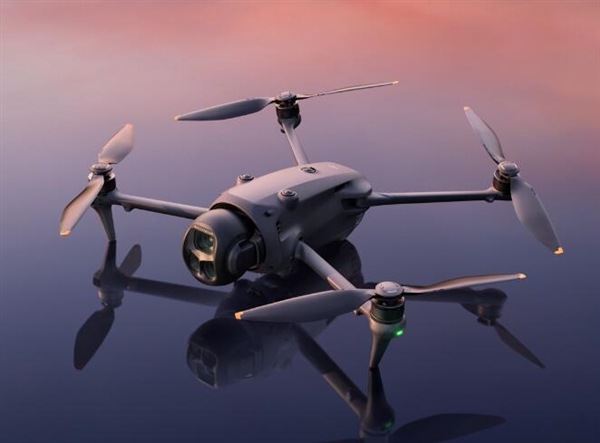In recent years, drones have revolutionized various industries by providing aerial perspectives that were once unimaginable. A particularly valuable transformation has been introduced by drones equipped with infrared cameras, offering exceptional insights that go beyond the capabilities of conventional imaging. As technology advances, the integration of infrared cameras into drones unveils a plethora of applications ranging from thermal mapping in agriculture to surveillance and search operations, enhancing efficiency and accuracy across multiple sectors.
The primary advantage of drones with infrared cameras lies in their ability to capture thermal images, which are crucial for identifying temperature variations. This feature enables professionals in agriculture to detect crop health anomalies, assess water stress, and optimize irrigation strategies. Similarly, in wildlife management, infrared-equipped drones can monitor animals without disturbing them, providing data for conservation efforts.
Diverse Applications in Different Industries

One of the most prominent applications of infrared drones is in the realm of building inspections. These drones can swiftly perform roof inspections, identifying leaks and heat losses, thus offering cost-effective maintenance solutions. Additionally, they play a pivotal role in firefighting operations by locating hotspots and aiding in tactical planning to contain fires effectively.
Security surveillance is another domain where drones with infrared cameras excel. Their ability to detect human movement and thermal signatures in challenging environments makes them indispensable for border security, search and rescue missions, and even in disaster site assessments. This capability ensures safety and expedites the process of locating and assisting individuals in distress.
Unlocking Efficiency with Infrared Technology
Infrared cameras integrated into drones have significantly improved energy audits. They can scan solar panels to detect malfunctioning units and ensure optimal performance. Moreover, these drones support the utility sector by inspecting power lines and detecting faulty equipment, minimizing downtime and enhancing service delivery.
The deployment of infrared drone technology in archaeological surveys has unveiled unknown structures buried beneath the ground by recognizing thermal anomalies. This not only aids archaeologists in discovering new sites but also preserves historical integrity by avoiding unnecessary excavations.
Innovative Research and Development
Research institutions are heavily investing in developing advanced drones with infrared cameras that offer higher resolution and sensitivity. These advancements will further broaden the horizons of environmental monitoring, air quality assessment, and urban planning, contributing to sustainable development.
The versatility and effectiveness of drones with infrared cameras underscore their potential for widespread adoption. As these technologies evolve, they promise to provide more precise data analysis, thus optimizing operations in myriad ways.
Frequently Asked Questions
How accurate are infrared cameras on drones?

Infrared cameras equipped on drones are highly accurate, offering detailed thermal images that can distinguish temperature variations within a fraction of a degree, making them ideal for precision-based applications.
What are the limitations of using infrared drones?
While infrared drones offer numerous advantages, they can be affected by environmental conditions such as humidity and ambient temperature, which might alter the thermal readings. However, advanced calibration techniques are continually being developed to mitigate these effects.
What is the cost of drones with infrared cameras?
The cost can vary significantly based on the model and specifications. Entry-level models may be affordable, but high-end drones with sophisticated infrared technology can be quite expensive, reflecting their advanced capabilities.